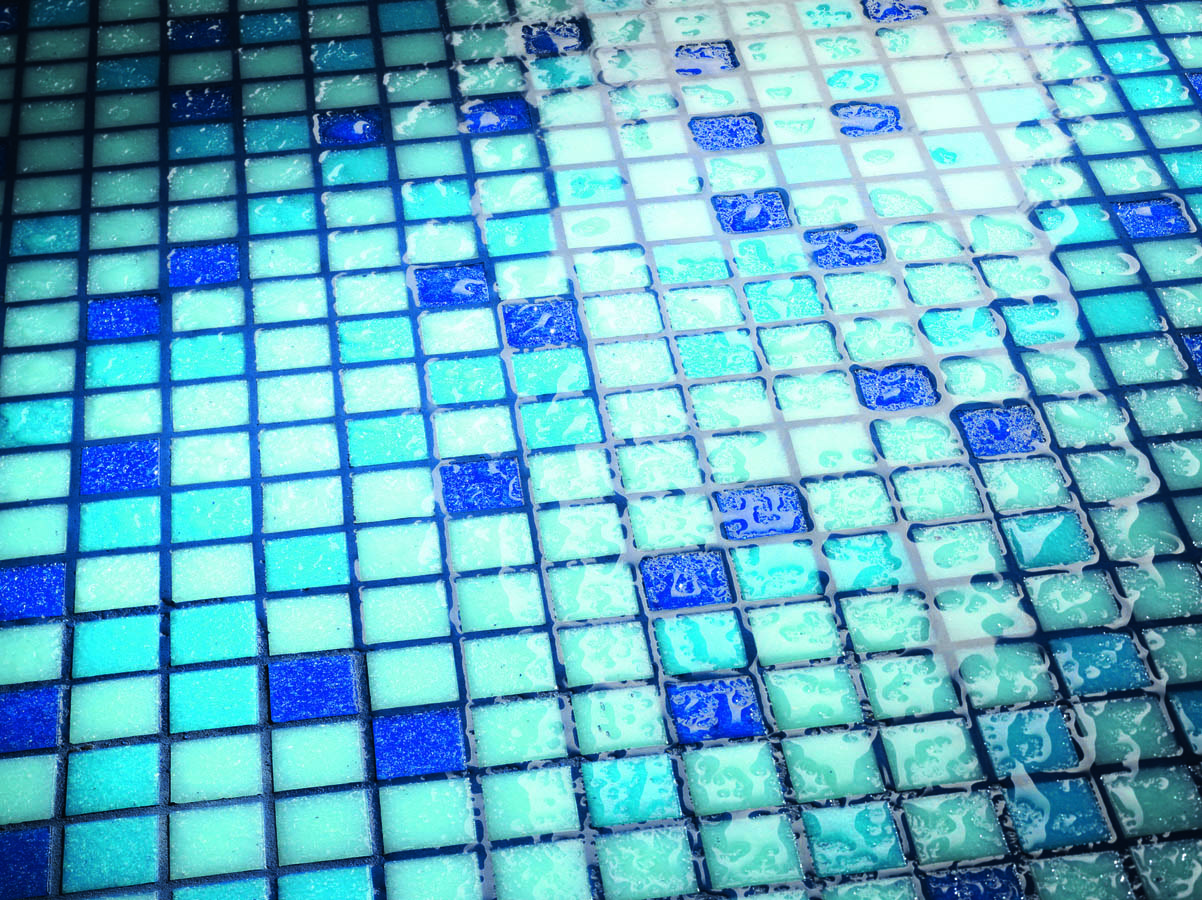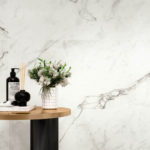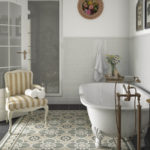The selection of mosaics
There are tile mosaics designed for pools that are thinner – and are produced in huge quantities and hence the price is lower
Most of them are regular mosaic – you can order from existing stock or combine many shades according to your choice from a catalog.
The creation of the mosaics to cover the pools enhances the beauty and clarity of the waters of each pool, in the backyard or in public buildings.
With the recommended stone of the mosaics, the pool gets a smooth and homogeneous look.
Are you building a pool? Renovating a pool? Have you thought about cladding the pool?
Mosaics are now available that are used to cover a pool that are made of hard materials such as ceramics, glass – most pools use glass mosaics.
Mosaic pool cladding manufactured by a variety of manufacturers Prominent advantages:
An endless selection of combinations of shades such as: forest green, sea blue, greenish gray, turquoise and more.
Want to cover a pool in a different and dramatic shade? Go for unconventional shades, the result will be surprising and original.
The issue of water heat should be taken into consideration, shades in very dark colors will cause the water temperature to rise on hot summer days and light shades will leave the water at a less warm temperature.
Mosaic Installation – The Complete Guide
• Prepare the surface for gluing the mosaic and take care of a level, smooth, flat, dry and completely clean surface.
• Only glue suitable for mosaic gluing should be used.
• For mosaics with a silver-plated, hammered or decorative bottom, it is recommended to apply the back of the mosaic with a primer such as P-82 ARDEX and apply a neutral white glue without acidity before gluing.
• It is recommended to work with an adhesive thickness of 3 mm to 5 mm only.
• Apply the glue using a 3 mm serrated comb only.
Paste mosaic
• In order to ensure the exact fit of the mosaic to the designated area, it is advisable to perform a dry layout of the mosaic on the surface before application.
• If the mosaic grid is glued to the paper, the mosaic should be installed with the paper facing out. A rubber comb should be used to accurately fasten the mosaic.
• If the mosaic is placed on a grid, it is important to make sure that at least 90% of the grid surface comes in direct contact with the glue and a uniform connection is formed.
• All adhesive residue must be removed from the grooves between the mosaics already during the work, in order to leave room for the application of the gun between the grooves in a uniform and perfect manner.
• It is recommended before filling a rifle in the spaces between the mosaics, to make sure that the mosaic is glued correctly, evenly and to your satisfaction.
• It is recommended to use an acrylic gun or a cement gun. In case of use of an epoxy rifle consult the rifle manufacturer regarding its suitability.
Paste mosaic
• In stone mosaics, it is recommended to apply a layer of sealer before making the rifle in order to prevent the rifle from being absorbed into the stone and to make it easier to clean the remains of the rifle. It is also recommended to apply a second layer of sealer at the end of the work. The sealer will be applied according to the sealer manufacturer’s instructions.
• When cleaning the mosaics of gun residue and regular maintenance of the mosaics, use of acids which may burn the surface of the mosaic and cause irreversible damage should be avoided.


